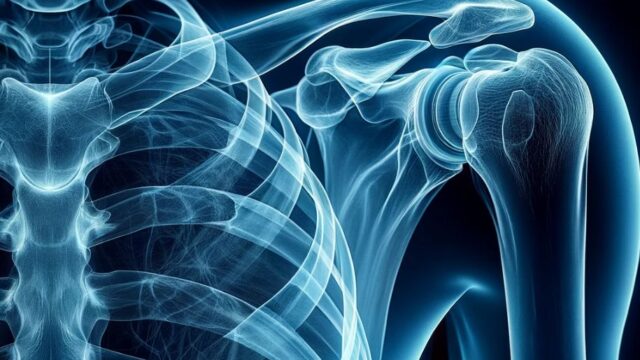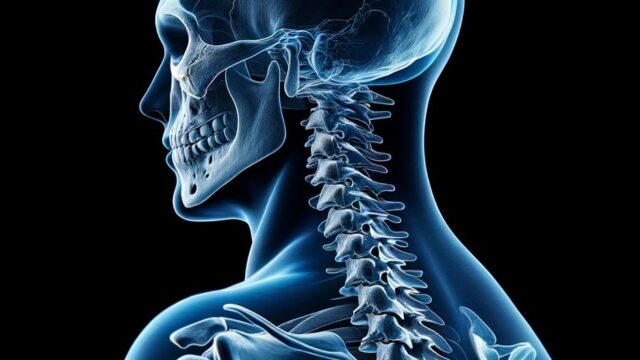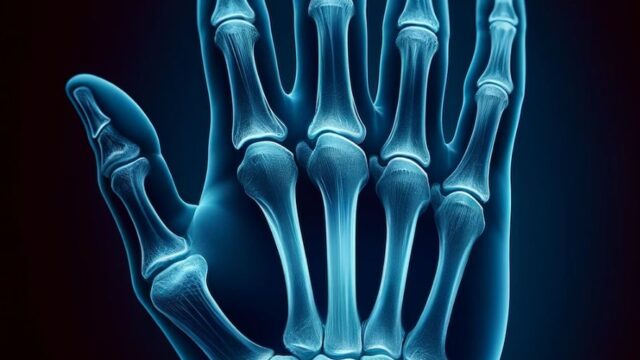Purpose
To observe the face (especially the orbits, frontal sinuses, and ethmoid sinuses) from the front.
To observe for fractures, inflammation, and tumors.
Prior confirmation
Remove any obstructing objects (hairpins, glasses, etc.).
Positioning
Seated position.
Straighten the patient’s back and ensure that their shoulders are not overlapping.
Align the mid-sagittal plane with the central axis of the cassette, keeping it vertical.
Place markers (R/L).
Instruct the patient to pull their chin in and align the Orbital Meatal (OM) line perpendicular to the cassette.
CR, distance, field size
CR : Exit at an angle of 20° (15-30°) in the cephalocaudal direction, using the orbit as the exit point.
Distance : 100cm
Field size : Includes the entire head.
Exposure condition
75kV / 20mAs
Grid ( + )
Suspend respiration
Image, check-point
Normal (Radiopaedia)
When inclined at an angle of 20°-30° in the cephalocaudal direction, the superior border of the sphenoid bone is projected below the orbit. (At 15° in the cephalocaudal direction, the superior border of the sphenoid bone is projected in the lower one-third of the orbit.)
Other structures are projected symmetrically with the nasal septum as the center.
The superior orbital fissure is projected symmetrically within the orbit.
The lesser wings of the sphenoid bone are projected within the orbit.
The frontal sinus and maxillary sinus are well visualized without overexposure, while the area around the orbit is clearly observed.
Videos
Related materials









